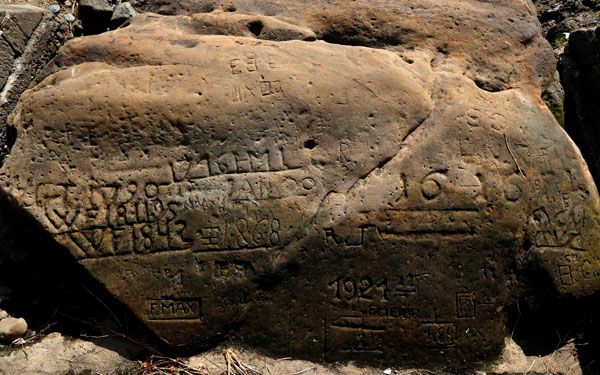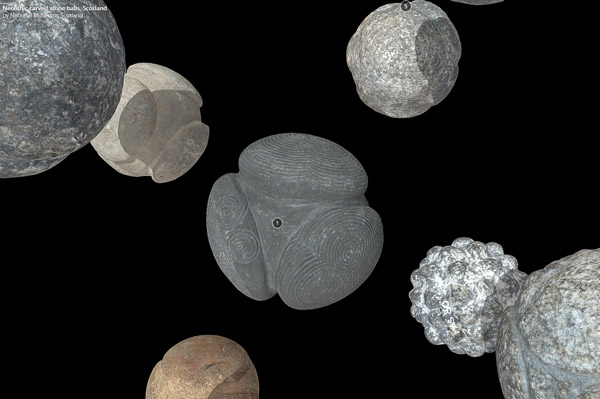recreating the Smells of 16th Century Europe
History is written, read, told — but rarely ever is it smelled. Historians and scientists across Europe have now gotten together with perfumers and museums for a unique project: to capture what Europe smelled like between the 16th and early 20th centuries. A European street today may smell like coffee, fresh-baked bread and cigarettes. But what did it smell like hundreds of years ago? As part of this three-year-long project called “Odeuropa,” the researchers want to find all the old scents of Europe — and even recreate some of this ancient smellscape: from the dry tobacco scents and the earthy … Read more







